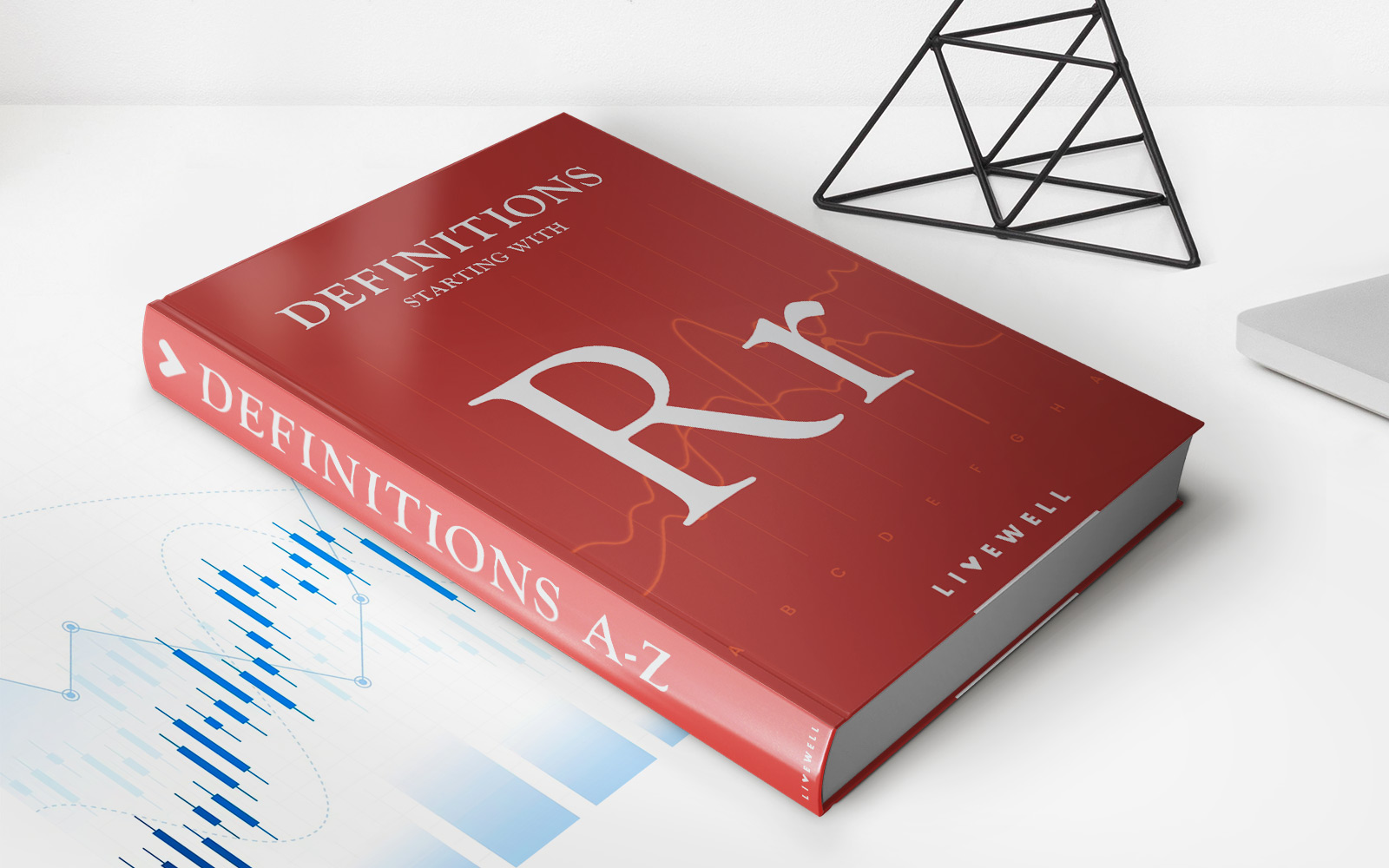Home>Finance>Dividend Growth Rate: Definition, How To Calculate, And Example


Finance
Dividend Growth Rate: Definition, How To Calculate, And Example
Published: November 13, 2023
Learn the definition, calculation, and example of dividend growth rate in finance. Understand how to analyze and project future dividend payments.
(Many of the links in this article redirect to a specific reviewed product. Your purchase of these products through affiliate links helps to generate commission for LiveWell, at no extra cost. Learn more)
Understanding Dividend Growth Rate for Savvy Investors
When it comes to making smart financial decisions, understanding the ins and outs of the stock market is key. One crucial factor that many investors consider is the dividend growth rate. This metric provides valuable insights into a company’s ability to increase its dividend payments to shareholders over time. In this blog post, we will dive into the definition, calculation, and example of the dividend growth rate, equipping you with the knowledge to make informed investment choices.
Key Takeaways:
- The dividend growth rate reflects the annual percentage increase in dividend payments by a company.
- Investors often use the dividend growth rate as an indicator of a company’s financial health and future prospects.
What is Dividend Growth Rate?
The dividend growth rate measures how much a company’s dividend payments have increased over a specific period. It is typically expressed as an annual percentage. This metric provides investors with an idea of the rate at which a company has been able to increase its dividend payments. Companies that consistently grow their dividends signal that they have confident financials and positive prospects.
How to Calculate Dividend Growth Rate
Calculating the dividend growth rate is relatively straightforward. The formula is:
Dividend Growth Rate = ((Dividend at the end of the period / Dividend at the beginning of the period) ^ (1 / Number of years)) – 1
Let’s break down the formula using an example:
Suppose a company paid $1.50 per share in dividends at the beginning of the year and then increased it to $1.75 per share at the end of the year. The calculation would look like this:
Dividend Growth Rate = (($1.75 / $1.50) ^ (1 / 1)) – 1
Dividend Growth Rate = 0.16, or 16%
Example of Dividend Growth Rate
Imagine you are considering investing in Company XYZ. Upon your research, you discover that in the past five years, the company has steadily increased its dividend payments each year. You decide to calculate the dividend growth rate to better understand the company’s financial health.
You find that the company paid $2.00 per share in dividends five years ago, and in the current year, it is paying $3.50 per share. Using the formula mentioned earlier, you can calculate the dividend growth rate as follows:
Dividend Growth Rate = (($3.50 / $2.00) ^ (1 / 5)) – 1
Dividend Growth Rate = 0.1069, or 10.69%
Based on this calculation, you can see that Company XYZ has managed to consistently increase its dividend payments at an average annual rate of 10.69% over the past five years. Such data can help you assess the potential of the company’s stock as an investment.
Incorporating Dividend Growth Rate into Your Investment Strategy
Understanding and analyzing the dividend growth rate can be a valuable tool for investors. Here are a couple of key takeaways to keep in mind:
- Companies with a consistent history of increasing dividends may indicate stable financial performance and long-term profitability.
- A higher dividend growth rate can signal stronger financial health and potential for higher returns on investment.
By considering the dividend growth rate alongside other financial metrics and conducting thorough research, you can make more informed investment decisions. Remember, investing involves risks, and it’s crucial to consult with a financial advisor before making any investment choices.
So, if you’re looking to enhance your understanding of a company’s financial health and make smarter investment choices, the dividend growth rate is a metric you should definitely consider. Incorporate it into your investment strategy and unlock valuable insights to help you navigate the stock market.














